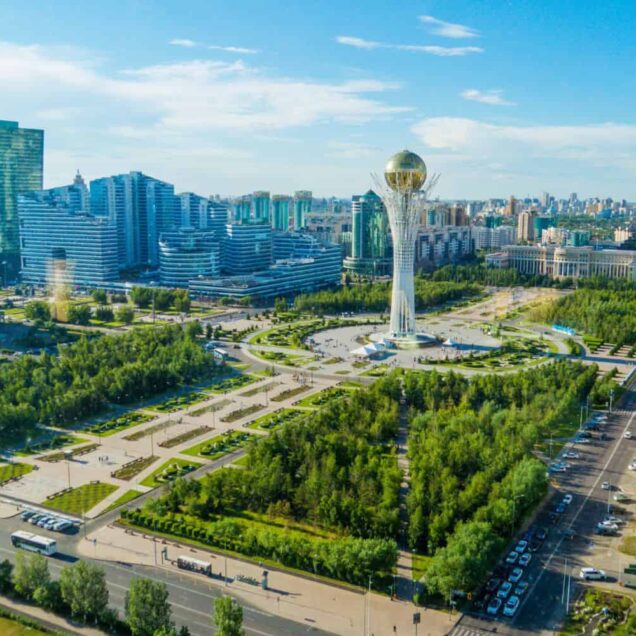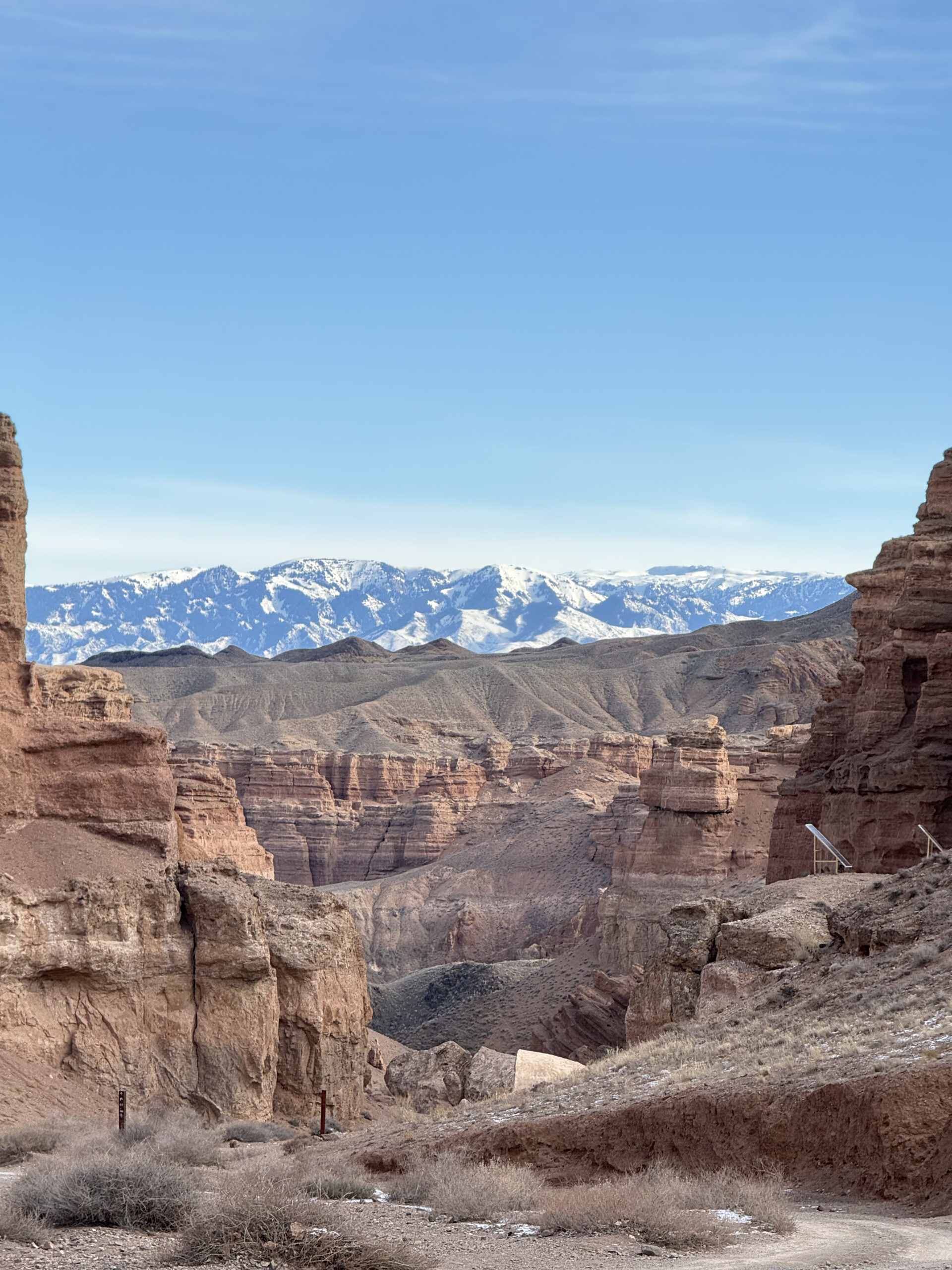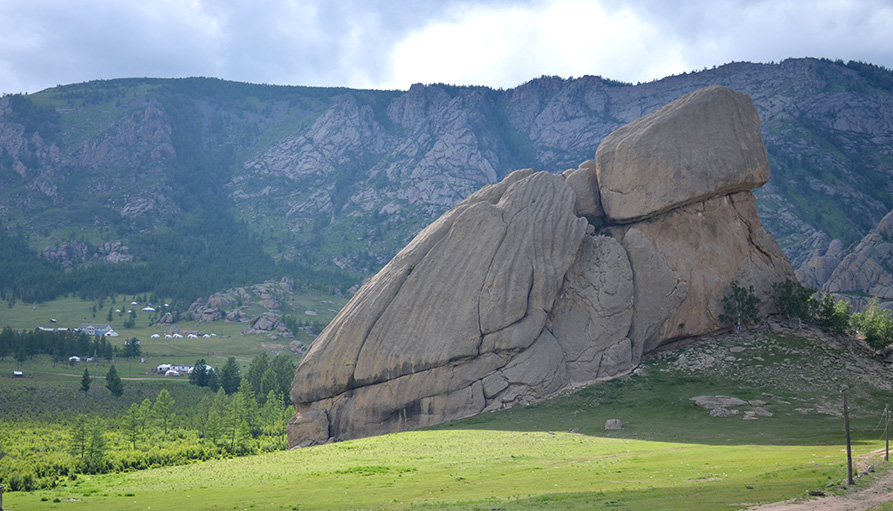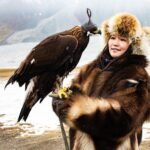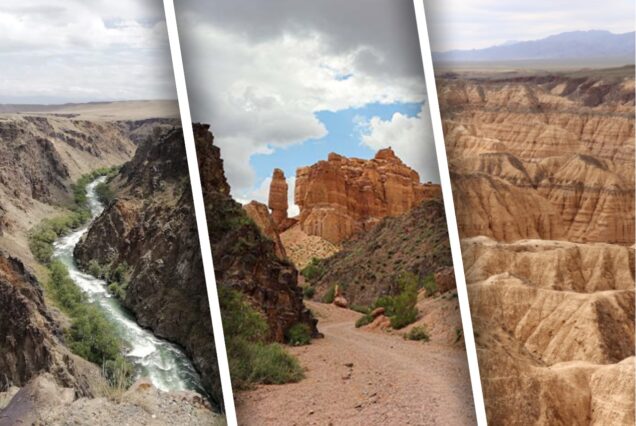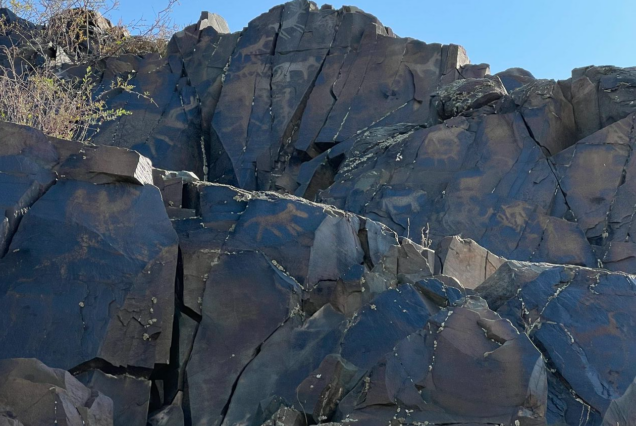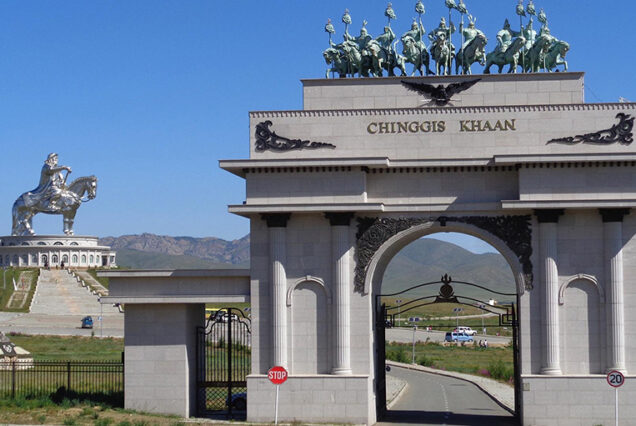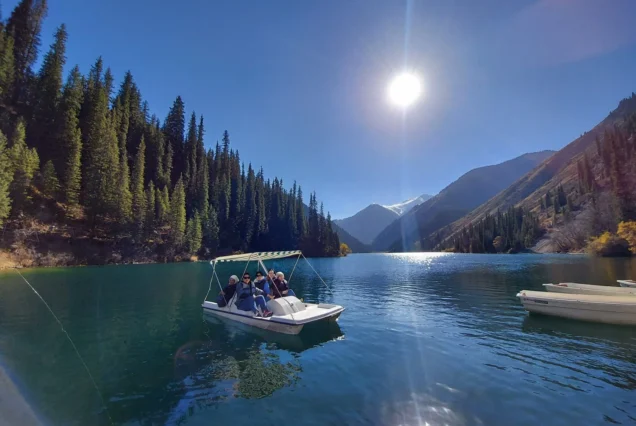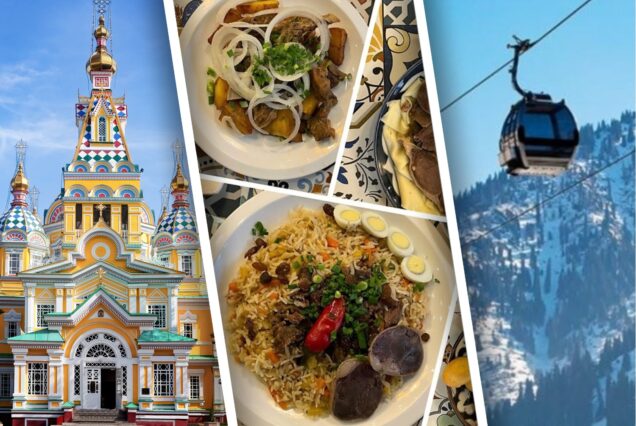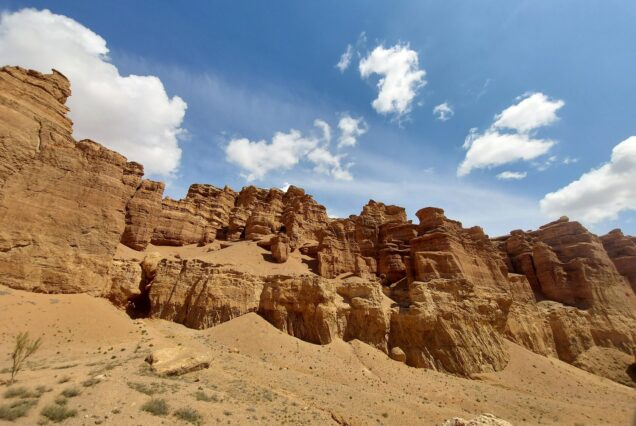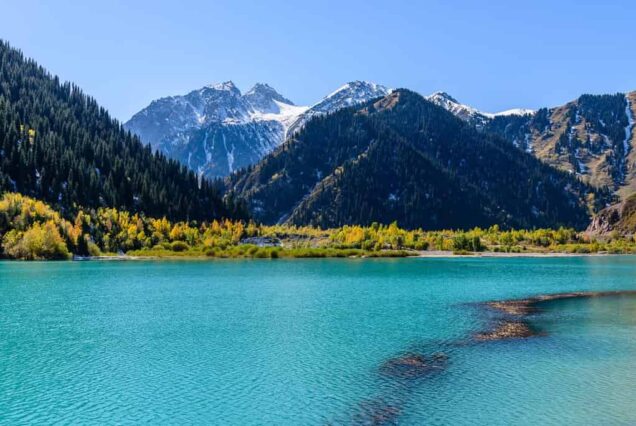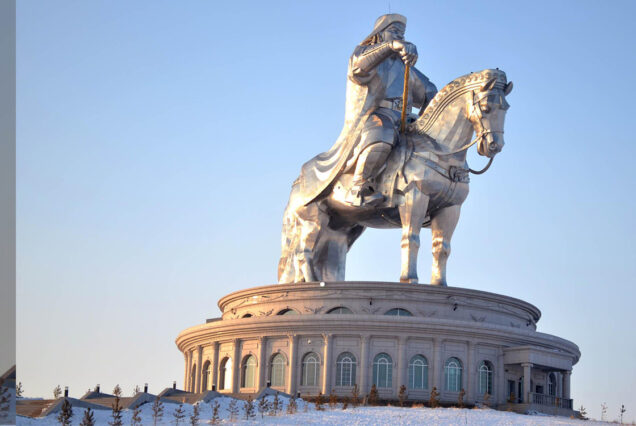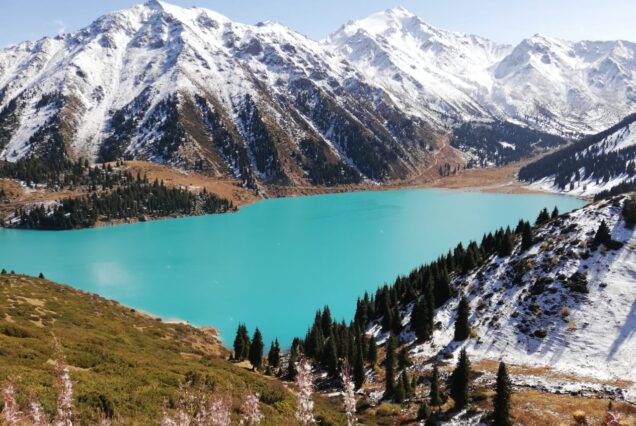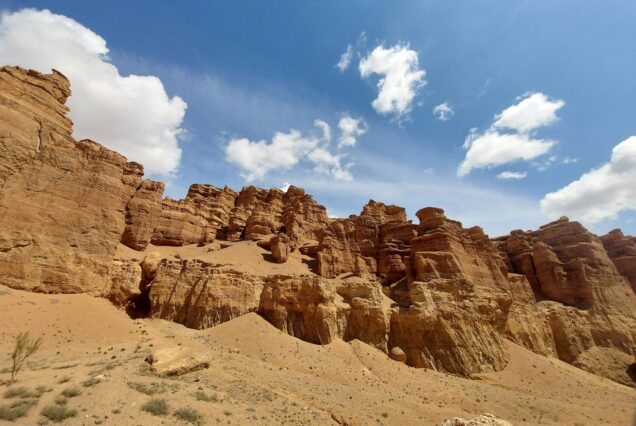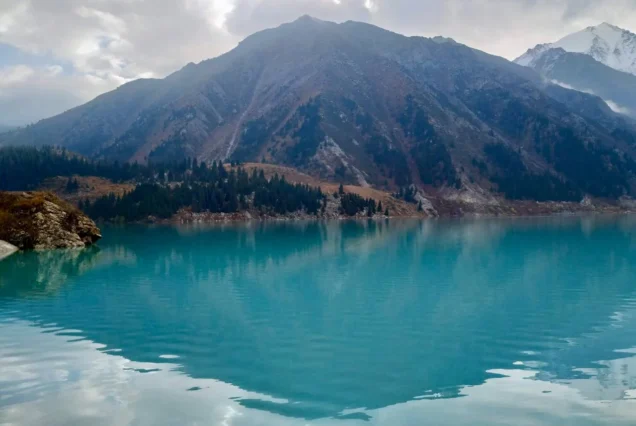Overview
- Ancient Roots: The region has been inhabited since the Stone Age and was a critical part of the Silk Road, connecting East and West.
- Nomadic Culture: The Kazakh people are historically nomadic, with a deep connection to horse culture and open grasslands.
- Soviet Era: Kazakhstan was part of the Soviet Union from 1920 until it gained independence in 1991. It played a significant role during the Soviet era, particularly as a site for nuclear testing and space exploration (Baikonur Cosmodrome).
Map
Info
Culture
- Language: The official language is Kazakh, but Russian is widely spoken.
- Religion: The majority of the population is Muslim, with a significant minority of Christians.
- Traditions: Kazakhstan is known for its hospitality, traditional music, and unique dishes like beshbarmak (boiled meat with noodles) and kymyz (fermented mare’s milk).
Tourism Highlights
- Almaty: The cultural capital, surrounded by the Tian Shan mountains.
- Astana (Nur-Sultan): A modern city with futuristic architecture.
- Charyn Canyon: Often compared to the Grand Canyon, it offers stunning views.
- Lake Balkhash: One of the largest lakes in the world, half freshwater and half saline.
- Altai Mountains: A haven for nature lovers and hikers.
- Baikonur Cosmodrome: The world’s first and largest space launch facility.
Interesting Facts
- Nomadic Lifestyle: The yurt, a traditional portable dwelling, symbolizes Kazakhstan’s nomadic heritage.
- Horse Culture: Kazakhstan is considered the birthplace of horse domestication.
- Diverse Wildlife: The country is home to unique species like the snow leopard and Saiga antelope.

